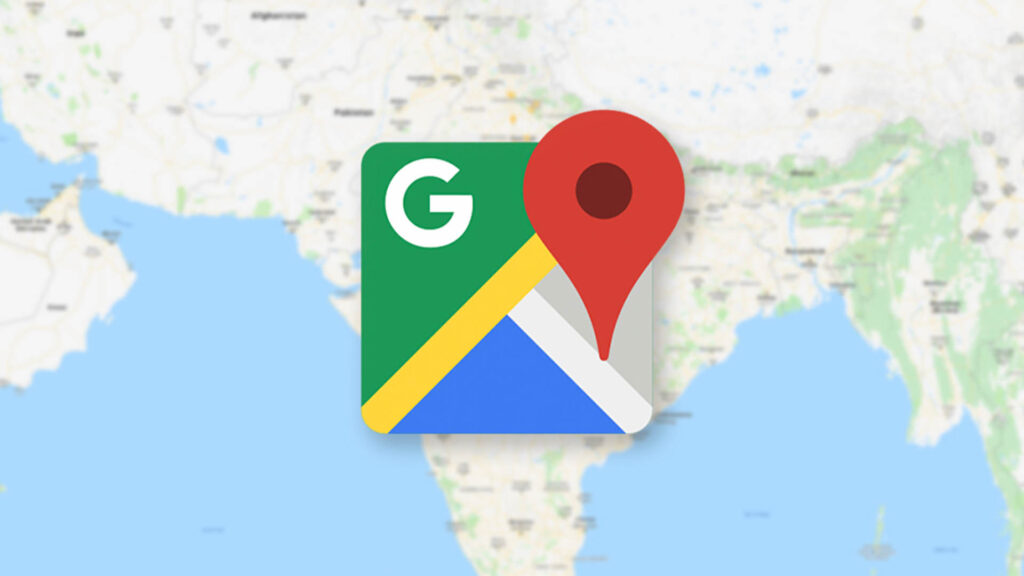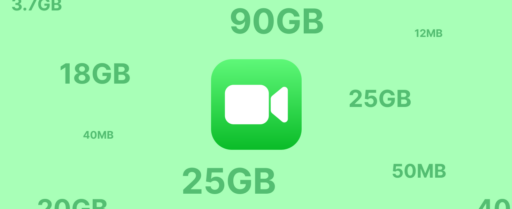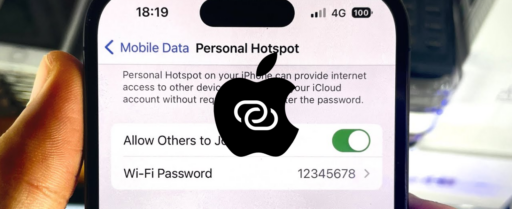Navigating through bustling city streets or finding your way in a new city has never been easier, thanks to Google Maps. With its extensive features and real-time updates, it’s the go-to app for millions seeking directions, traffic updates, and local recommendations. However, many users are concerned about Google Maps data usage, especially when on the go.
In this blog, we’ll explore how much data Google Maps uses, share tips on how to manage your data usage and explain how Driffle’s eSIM can make your data management easier and more efficient.

Understanding Google Maps Data Usage
Google Maps is a powerful tool that relies on data to provide accurate and up-to-date information. The amount of data it uses can vary based on several factors:
- Navigation: When using turn-by-turn navigation, Google Maps typically uses about 2 to 5 MB of data per hour. This includes real-time traffic updates, route adjustments, and voice directions.
- Search and Exploration: If you’re searching for places, restaurants, or landmarks, the data usage is relatively low, often under 1 MB per search. However, browsing through extensive lists of search results or exploring detailed business information can increase data usage.
- Offline Maps: If you download maps for offline use, they don’t consume data while you’re navigating offline. However, initially, downloading these maps requires a significant amount of data, especially if you choose to download large areas.
- Street View and Satellite Imagery: Utilizing Street View or high-resolution satellite imagery can consume more data. For instance, loading a detailed Street View may use around 10 to 20 MB, depending on the area and image quality.
- Live Traffic Updates: Real-time traffic updates require continuous data to keep you informed about congestion, road closures, and alternative routes. This can add to your overall data consumption, especially during long trips.
Tips for Managing Google Maps Data Usage
To keep your data usage in check while using Google Maps, consider the following tips:
- Download Maps for Offline Use: One of the most effective ways to save data is by downloading maps for offline use. You can download specific areas where you’ll be traveling and access them without using data. To do this, go to Google Maps, search for the area you need, and select “Download” from the menu.
- Limit Background Data Usage: Ensure that Google Maps is not consuming data in the background. On Android, go to Settings > Apps > Google Maps > Data Usage and toggle off “Background data.” On iOS, you can control background app refresh in Settings > General > Background App Refresh.
- Reduce Map Detail: When using Google Maps online, reducing the map detail can lower data usage. Opt for less detailed views when possible and switch to standard maps instead of satellite imagery to save data.
- Monitor Your Data Usage: Regularly check your data usage to stay aware of how much you’re consuming. Both Android and iOS devices have built-in data usage trackers that can help you monitor and manage your data.
How Driffle’s eSIM Can Help with Data Management
Driffle’s eSIM offers a modern solution for data management, especially useful for frequent travelers and digital nomads. Here’s how Driffle’s eSIM can assist you with managing data while using Google Maps:
- Flexible Data Plans: Driffle’s eSIM provides a range of affordable and flexible data plans tailored to your needs. Whether you’re traveling domestically or internationally, you can choose a plan that suits your data requirements without the hassle of physical SIM cards.
- Global Connectivity: For international travelers, Driffle’s eSIM ensures seamless connectivity across various countries. You won’t have to worry about purchasing local SIM cards or dealing with roaming charges. Instead, you can enjoy uninterrupted access to Google Maps and other essential apps wherever you go.
- High-Speed Network: Driffle’s eSIM provides access to a high-speed network, ensuring fast and reliable connectivity for all your data needs. This means you can use Google Maps smoothly without experiencing lag or delays, even when navigating through complex routes or heavy traffic.
- Efficient Data Management: Driffle’s eSIM allows you to switch between different data plans effortlessly. If you find yourself using more data than anticipated, you can quickly upgrade your plan through the web, ensuring you never run out of data while navigating with Google Maps.
Summary
Google Maps is an essential tool for navigation and exploration, but managing its data usage is essential to avoid exceeding your data limits. By downloading maps for offline use, monitoring your data, and adjusting settings, you can significantly reduce your data consumption.
Driffle’s eSIM further enhances your data management experience by offering flexible plans, real-time monitoring, and global connectivity. It ensures you stay connected without worrying about data overages. So, navigate the world with confidence, knowing your data is under control.
To gain insights on how to save data on YouTube, check this.



